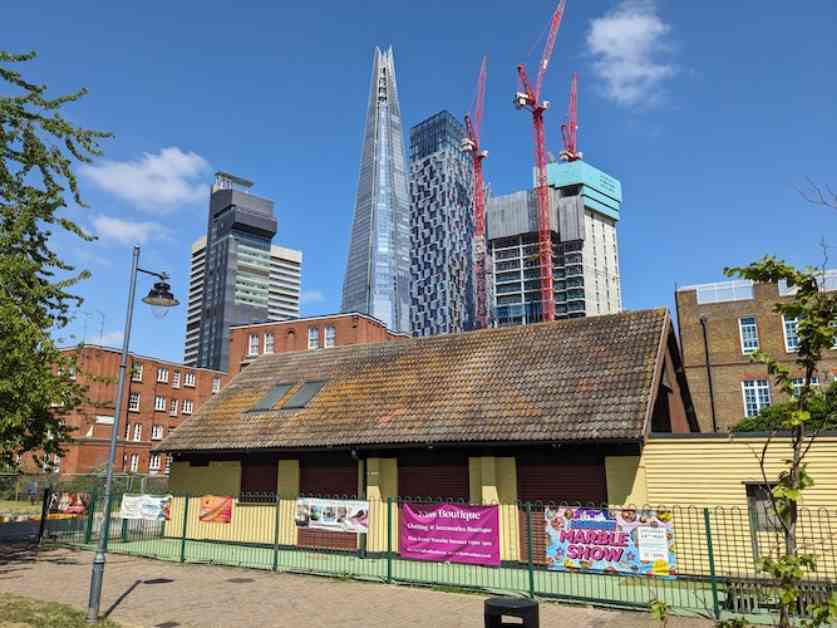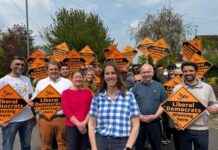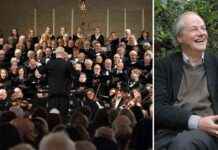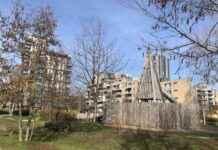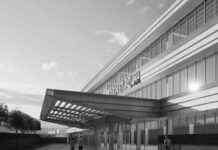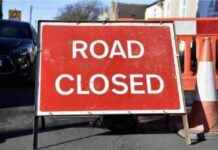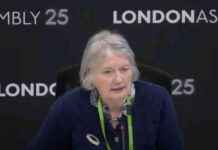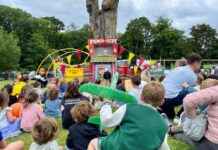So, the other Monday night, I found myself at the local village hall near Bermondsey Street, just a stone’s throw away from the Shard. It’s always a bit strange to see such a tight-knit community nestled in the heart of a bustling city like London. The place is changing rapidly, with gentrification creeping in and more homes being turned into Air B&Bs, leaving the area feeling a bit fractured.
The village hall was buzzing with activity, filled with members of the tenants’ association of the Guinness Partnership from one of its original estates. This particular estate, dating back to 1897, was built with lofty goals of promoting “health, morality, and social stability.”
The main agenda for the evening was to have a chat with the landlord about various concerns like rat infestations, courtyard maintenance, and unruly behavior. Pretty standard stuff. But then things took a turn when an update was shared about a new development in the area called the Snowsfields Quarter. This massive project involves constructing 350,000 square feet of office space for the life sciences sector, currently undergoing the planning process with the Southwark Council.
Commercial development in the area is moving at lightning speed, even by London standards. Just a stone’s throw away are two active construction sites for tower blocks – one for student housing and the other for office spaces. And as if that wasn’t enough, there are plans for two more office blocks to be built nearby. The neighborhood is transforming right before their eyes.
The mood in the room was pretty somber. The residents felt like their voices weren’t being heard. Many of them have been living in the area for years, witnessing drastic changes that haven’t necessarily improved their lives. They felt powerless, like their opinions didn’t matter to the powers that be.
One thing that struck me was the contrast between the residents and the few individuals who supported the new development. Most of the supporters were male professors who seemed to be in their own little bubble, detached from the reality of the community around them.
Despite the challenges, there have been efforts from within the community to push back against the tide of change. A group called We Love Snowsfields raised funds to conduct a community design review with input from renowned figures in the design world. They also prepared a detailed objection to the planning application, highlighting their concerns in a professional manner.
The residents were well aware of the uphill battle they were facing. The local buildings, with their historical significance, were at risk of being overshadowed by the construction activities that were set to unfold in the coming years. The community feared the loss of their heritage and the impact of heavy construction traffic on their daily lives.
It’s clear that the planning system, from the local level to the London level, is failing to listen to the voices that matter the most. Residents feel marginalized and overlooked in the face of rapid development that seems to prioritize profit over people.
In the midst of all this, the upcoming elections loom large. Will the community rally behind their local representatives, or will they seek a change that reflects their frustrations? The future of the neighborhood hangs in the balance, and the residents are left wondering if their concerns will be taken seriously.
As I left the village hall that night, I couldn’t help but ponder the power dynamics at play in the community. The planning system, with all its flaws and shortcomings, has a significant role to play in shaping the political landscape of the area. Only time will tell how things unfold in the days to come.

